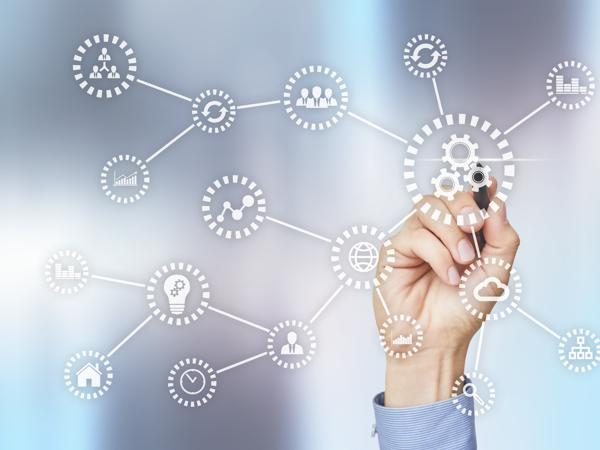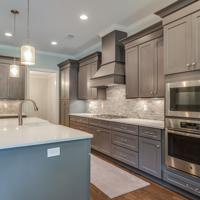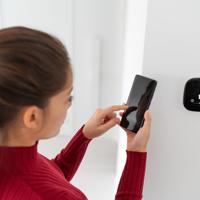In today's world, as the concern for our planet grows, the blend of smart home technology with renewable energy presents an intriguing way to enhance both our daily lives and reduce our environmental footprint. This article aims to explore how we can integrate renewable energy into our homes, making them part of an intelligent ecosystem that aligns with sustainable living practices.
Understanding Smart Homes and Renewables
A smart home is equipped with network-connected devices for automating and optimizing home operations such as lighting, heating, and security. The technology is designed to make life more convenient and efficient.
Renewable energy, coming from sources like solar, wind, and hydropower, offers an avenue to power these smart systems sustainably. By merging these two concepts, we can create homes that are not only advanced but also compassionate to our planet.
The Basics of Integration
Transitioning to renewable energy starts with assessing which type of energy source aligns with your local environment and specific needs. Solar panels, as an example, are widespread and offer a relatively straightforward installation process. They're an effective way to generate electricity, especially in sunny regions. For more information on home solar power systems, see our guide: Home Solar Power Systems Guide.
For homes located in areas with consistent wind availability, small smart wind turbines might be a viable option. Similarly, if your property is near a flowing water source, a micro-hydropower system could be explored. Each of these options can connect to your home's smart system to ensure efficiency.
Incorporating Solar with Smart Technology
Solar panels are a popular choice for integrating renewables in smart homes. They can be connected to a smart inverter, which links with your home network to monitor energy production and consumption. Smart thermostats, lighting, and appliances can utilize this energy directly, reducing reliance on the grid.
Smart energy management systems play a crucial role here. They analyze energy usage patterns and suggest optimal times for running heavy appliances. This could mean scheduling the dishwasher to run when solar production is at its peak.
Battery Storage Systems
To maximize the utility of renewable sources, incorporating battery storage systems is essential. These systems store excess energy generated during the day for nighttime use. This technology ensures that your home remains powered even during a grid outage or low production periods.
A system like the Tesla Powerwall is designed to do just that. It integrates smoothly with solar panels and smart home technology to provide consistent power. While it might be an investment upfront, over time, it could reduce electricity bills and carbon footprint considerably.
Smart Appliances and Energy Efficiency
Alongside the adoption of renewable technologies, integrating smart appliances can significantly enhance energy efficiency. Smart refrigerators, washing machines, and ovens are designed to minimize energy usage by operating during off-peak times identified by your smart system.
For example, refrigerators with power-efficient modes can adjust cooling based on the time of day or save power during periods where additional electricity is needed elsewhere.
Real-world Examples
Take, for example, the home of a family in California. Incorporating solar panels, a smart energy management system, and smart appliances has allowed them to manage energy efficiently. They monitor all energy flow through apps, setting reminders and alerts for energy peak periods to make smarter choices.
Another example is a household in Denmark, utilizing wind energy alongside a smart home setup to manage their energy consumption effectively. Their home system autonomously adjusts heating and lighting according to weather patterns and energy availability.
Challenges to Consider
Despite the advantages, integrating renewables into a smart home isn't without its challenges. Higher initial costs and the complexity of setting up a system might be barriers. Moreover, ensuring compatibility and security within smart systems demands attention.
To overcome these, it would be beneficial to consult with energy experts and leverage community resources. Researching local incentives and grants for renewable installations could also ease the financial load.
Looking Ahead
Integrating renewables into smart homes is an evolving field with great potential. As technology advances, more seamless and cost-effective solutions are on the horizon.
Taking small yet steady steps towards this integration could lead to meaningful contributions to environmental sustainability and energy independence.
By exploring these possibilities, you'll not only enjoy a more efficient home but also contribute to a healthier planet for future generations. Each decision in this direction reflects a commitment to advancing both personal well-being and global stewardship.
Hopefully, this article has given you some insights into starting your journey towards a smarter, greener home. There's always room to grow and learn in this exciting intersection between technology and sustainability.




